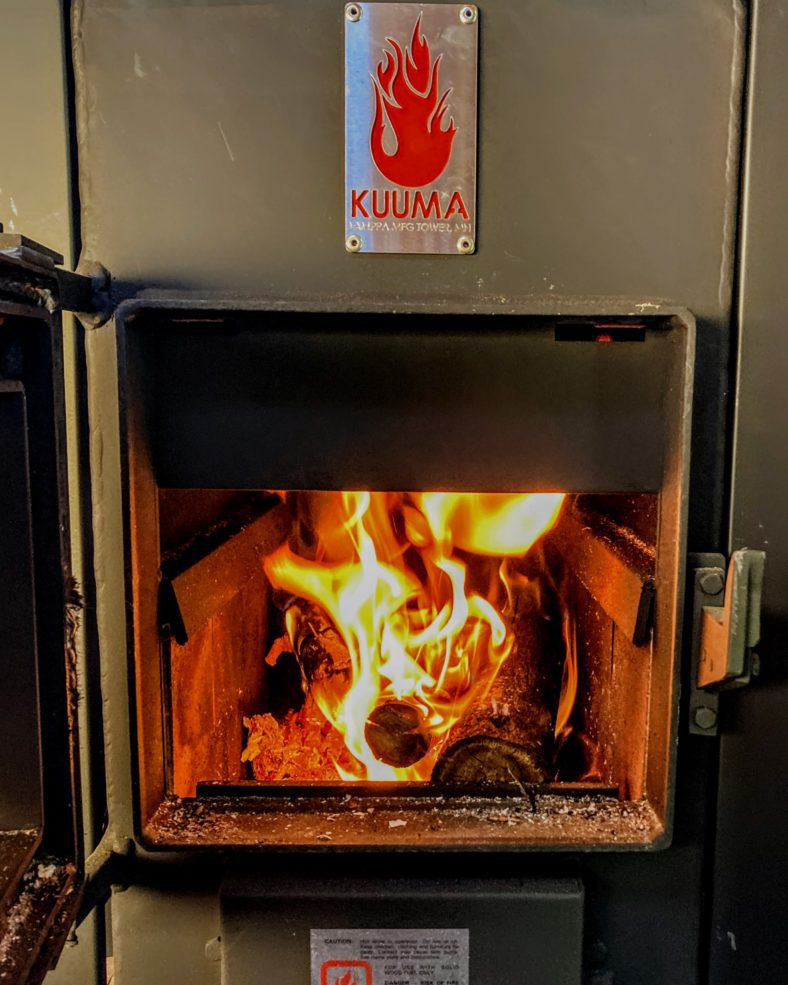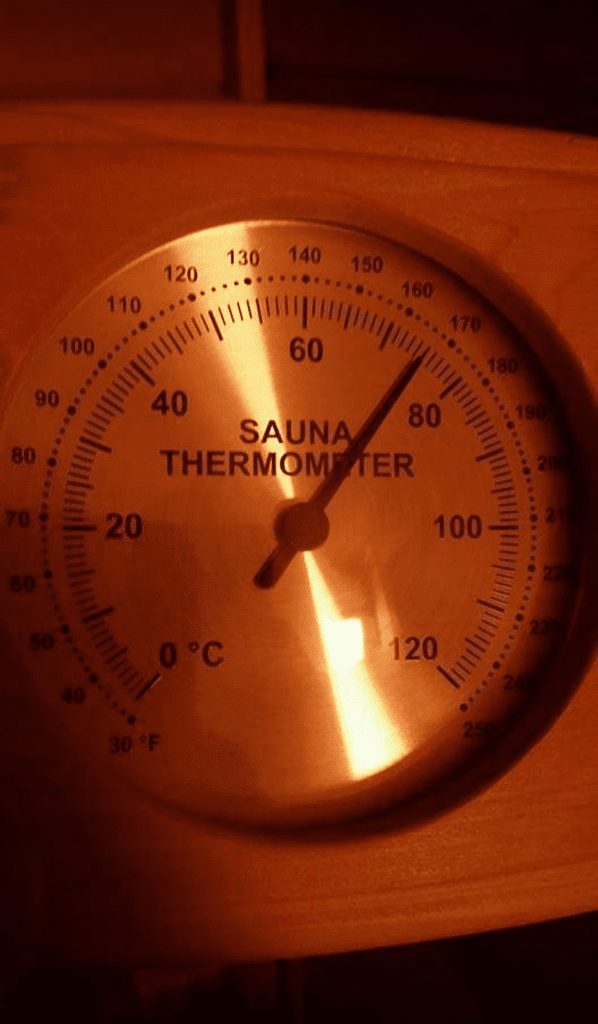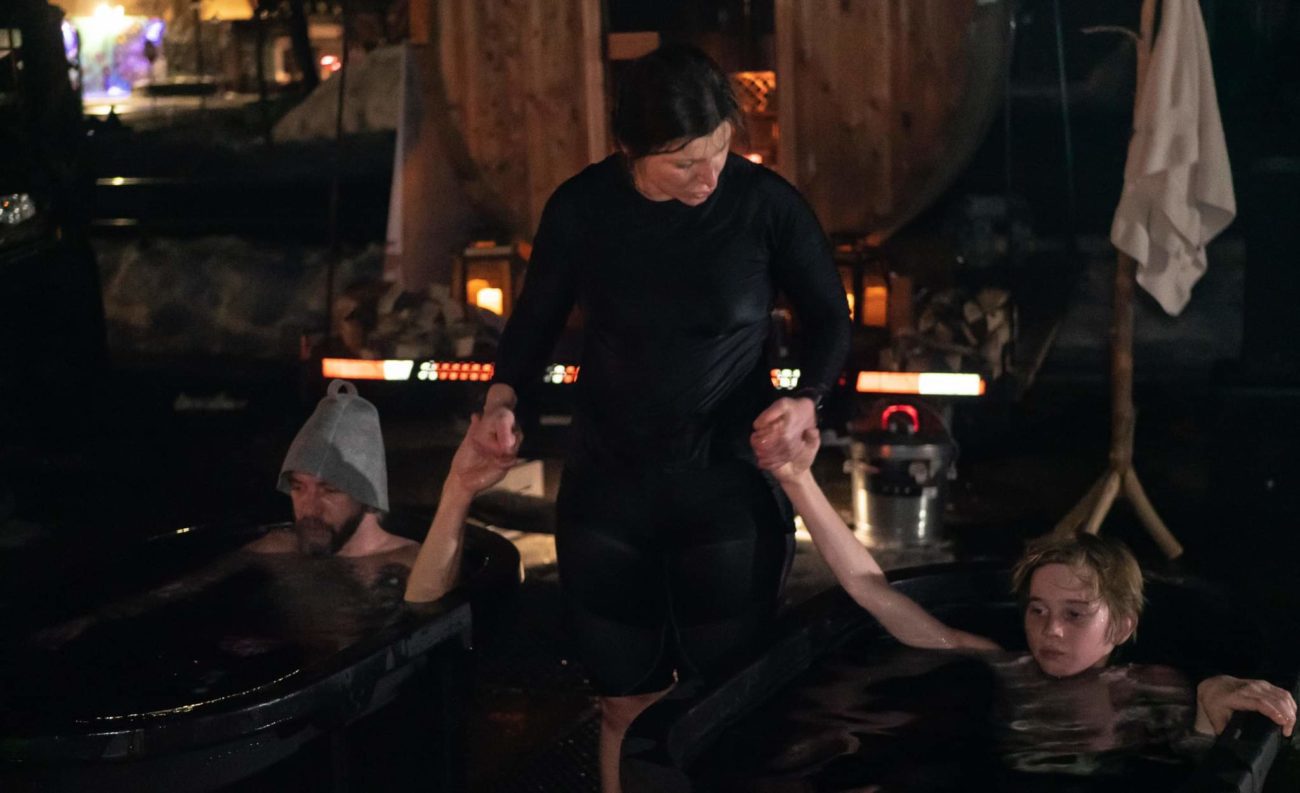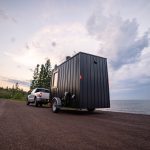Sauna Temperature as an Art: Balancing Heat, Humidity, and Comfort in a Finnish Sauna

The Finnish sauna has become an iconic symbol of relaxation, wellness, and social bonding. While many people associate a sauna with a specific temperature range, the truth is that the ideal sauna experience varies from person to person.
It’s time to delve into the complexities of sauna temperatures and explore how personal preferences, humidity, and various heating methods can influence the perfect sauna experience.
The ISA Sauna Temperature Definition and Its Limitations:

According to the International Sauna Association (ISA), the standard temperature range for a Finnish sauna is between 75°C to 105°C (167°F to 221°F), measured one meter above the top bench. However, some individuals prefer lower temperatures, starting from around 55°C, while others can tolerate up to 120°C (250°F). A single sauna cannot accommodate this entire range, highlighting the need for customization and flexibility in sauna design.
Brian Peters of Chasing Edges recommends elite athletes find a sauna that reaches 180-210+ degrees f based on performance research. That rules out infrared saunas, hotel saunas, and home saunas without adequate power.
The means athletes looking for the best sauna temperatures for performance benefits need to consider a wood-burning sauna or HUUM electric heaters that can reach 210 degrees F.
Due to UL standards, Harvia and other brands have a temperature limit of around 193°F which may or may not be hot enough.

A good rule of thumb for the best sauna temperature
Optimal Sauna Temperature Celsius: 75°C to 105°C
Optimal Sauna Temperature Fahrenheit: 180°F to 221°F
Remember, the ideal sauna temperature and time are different for everyone.
Sauna Thermostat Location and Snapshot
Saunas, especially poorly designed saunas can have a 90°F temperature difference between the floor and the ceiling! So it’s important to consider where we are measuring our saunas from.
The standard location for measuring a sauna temperature, used by the ISA above, is one meter (3′ 4″) above the top bench. That is typically just below the ceiling on the wall farthest from the heater and away from doors and windows.
This is a good location for one thermometer, but it does not tell us the entire picture. When first testing and optimizing a sauna, you’ll need a 2nd thermometer or sensor near the floor. It should be the same distance from the floor as the high thermometer is from the ceiling.
It is normal to have sauna temperatures rise and fall up to 20 degrees during a sauna session, but the goal is always to have the temperature as even as possible throughout the sauna space.
Accurate sauna temperature readings are difficult to obtain, as factors such as air temperature, radiant temperature, humidity, and air velocity all influence thermometer readings. A more appropriate measure might combine these factors to create a psychophysically equivalent reading across different conditions.
Lower Sauna Temperature Challenges:
For those who prefer lower temperatures, it is crucial to ensure even heating throughout the sauna room, as uneven heating can compromise both comfort and hygiene. Additionally, the heater’s stone volume must produce sufficient steam to temporarily raise the dew point above 37°C (99°F). This ensures an optimal balance between heat and humidity.
Is 140 degrees hot for a sauna? Of course not, but for some people, this is a great place to start and enjoy a sauna for the first time.
Higher Sauna Temperature Challenges:
Is 200 degree sauna too hot?
At the hot end of the sauna temperature range, temperatures over 100°C or 212°F are not uncommon in traditional smoke saunas. However, such heat levels are only tolerable with low humidity and good air quality.
As we discussed, athletes will want a sauna that can reach these temperatures to take advantage of the latest research. The research if even more convincing when pairing hot sauna temperatures with cold plunges between sauna sessions.
Constant supervision and fire safety precautions are essential, as temperatures above 110°C (230°F) increase the risk of combustion. Wooden sauna components can ignite when surface temperatures exceed 150°C (300°F) and gasification occurs.
UL standards have also made the high end of the sauna temperature range difficult to achieve with an electric heater in the US. The standard sets a limit at 194°F which is why most brands in the US, including Harvia and Amerec, have that limitation while their European versions can go much hotter.
This is often combated by heat seekers who put the sensor under the bench, but this is not advisable. Another option is to use a HUUM electric sauna heater, which have chosen a different classification for itself allowing a high temperature of 230°F. This may (or may not) have implications on home insurance and liability in the case of a fire with a HUUM stove, but they have been around for many years and we have not yet heard of an issue.
How Humidity Impacts a Sauna Session
Humidity plays a significant role in how the sauna air feels. As humidity increases, the air feels hotter, even when the dew point is surpassed and sweating ceases. Understanding relative humidity and its impact on perceived temperature is crucial for creating a comfortable sauna environment.
The ideal dry sauna temperature may not be best as water is added to the rocks and steam circulates the room.
No Need for Preheating:
Interestingly, there’s no need to preheat the sauna room much above normal room temperature (around 40°C or 100°F) if the stones have stored enough heat. Experimenting with different heating techniques, such as opening doors and windows during heating, can lead to unique sauna experiences.
Sauna Temperatures in Public Saunas and Hotels
It’s no surprise that health clubs and hotels are cautious and cater to the low end of the sauna temperature range. Temperatures in these public spaces are often 165°F or less while public saunas that cater to our audience are typically 180-185°F.
Sauna rental companies on SaunaShare tend to like it hot – and are firmly in the 180-210°F camp. So if you like authentic saunas in this range, find a public sauna event here on SaunaShare. The ideal sauna temperature for beginners might be lower, but there are a few things you can do.
Remember, if you are a first-time sauna visitor at a public sauna, remember to sit on the low bench away from the heater. Let the others know it’s your first time and they will be happy to accommodate lower temperatures while you find your preference. You can also limit your sessions to 10 minutes or so if the sauna feels too hot.
You may be most comfortable renting a private sauna for your first session. You can find local sauna rentals here on SaunaShare.
Portable Sauna Temperature
Portable and mobile saunas are popular on SaunaShare and Sauna Marketplace. They are making saunas more affordable to rent or buy. Mobile saunas and Sauna Tents SaunaShare are almost always wood-fired and can reach temperatures up to 230°F.
This is not the same as indoor portable saunas where your head sticks out. Those are not saunas!
Conclusion:
The perfect sauna temperature is a matter of personal preference and depends on various factors, including humidity and heating methods. Understanding these intricacies allows for a more customized and enjoyable sauna experience, catering to the unique needs and comfort levels of each individual. So, the next time you visit a sauna, remember that the ideal temperature is not a fixed number but rather a personal journey toward relaxation and well-being.
How long should I sit in a sauna?
The ideal duration for a sauna session varies from person to person and depends on factors such as individual tolerance, health conditions, and the type of sauna being used. Generally, it is recommended to limit sauna sessions to 15-20 minutes for beginners, gradually increasing the duration over time as your body becomes accustomed to the heat.
Here are a few guidelines to follow:
1. Start with shorter sessions of 5-10 minutes, especially if you are new to saunas or have any health concerns.
2. Listen to your body and don’t stay in the sauna longer than you feel comfortable.
3. It’s advisable to take breaks and cool down between sessions, especially if you plan to have multiple rounds.
4. Make sure to stay hydrated by drinking water before, during, and after your sauna session.
5. Consult with a healthcare professional if you have any pre-existing medical conditions or are pregnant before using a sauna.
Remember that each person’s experience with sauna use can be different, so it’s essential to pay attention to your body’s signals and adjust your sauna sessions accordingly.

 Minnesota
Minnesota